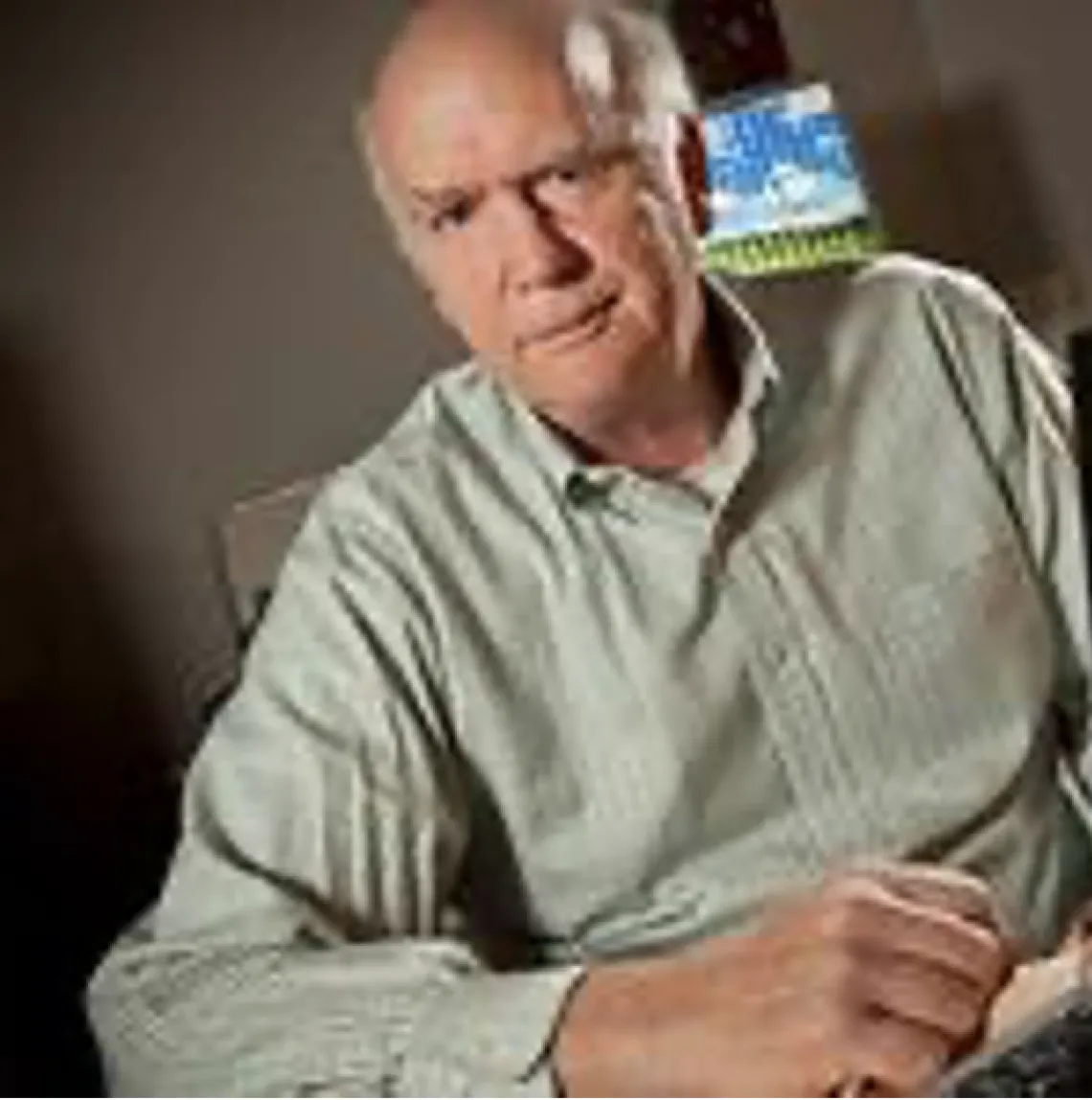Topic: Hydrology

When
Where
Seminar Format
Available remotely only via Zoom webinar. Contact the department to subscribe to the email list (zoom link provided in announcement).
Abstract
A spatiotemporal scaling relationship that yields soil depth as a function of time has been shown in multiple publications to give accurate predictions of soil depth, in many cases, without using any unknown parameters. Temporal differentiation and setting equal to the erosion rate yields a steady-state soil depth (Jenny's sol forming factors equation) in terms of the infiltration water flux, verified in multiple publications. Another series of publications verify a second scaling relationship for the temporal and spatial dependence of growth rates of vegetation, as well as the dependence of net primary productivity NPP on the transpiration flux. Approximating the transpiration by evapotranspiration, ET, and the infiltration by run-off, Q, allows maximization of NPP with respect to the optimal partitioning of water at the terrestrial Earth surface into ET and Q, since NPP is proportional to both the lateral growth and the soil depth, whereas these two fluxes sum to precipitation, P. The value obtained is, using only universal parameters from percolation theory, within 1.5% of the global average. Results for P - ET = Q as functions of climate variables are accurate enough to generate the observed streamflow elasticity across studies at global scales and reproduce "the principal features of catchments," "allowing prediction of the interplay between climate, soil and vegetation under conditions of climate change." (Eos, August 2023).
Bio
Allen Hunt received a Ph.D. in theoretical physics from the University of California, Riverside, in 1983 in the area of transport in disordered systems, specifically applying percolation concepts.
Bio
Allen G. Hunt: [Email: allen.hunt@wright.edu | Google Scholar]

